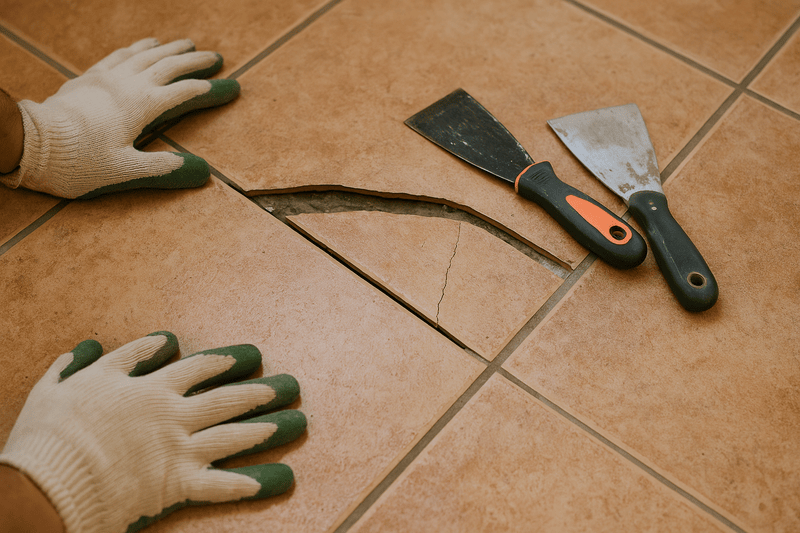Introduction to Furniture Evolution
Furniture design has always been a mirror reflecting the cultural, economic, and technological advancements of its time. From the sweeping curves of art nouveau to the stark utility of modernism, furniture evolution tells a fascinating tale of human civilization. This post explores the dynamic shifts in furniture design, tracing its journey from classic elegance to contemporary innovation.
Early Furniture: Function Over Form
The earliest pieces of furniture were purely functional; think of the stone benches of ancient civilizations or the simple wooden stools of medieval Europe. During this era, furniture was not just a utility but also served as a status symbol. In Ancient Egypt, for instance, stools and chairs were crafted from wood and often elaborately decorated to signify wealth and rank. Here, the focus was on durability and prestige rather than ergonomic design.
The Renaissance: A Revolution in Aesthetics
The Renaissance period marked a significant shift where aesthetics began to play a pivotal role in furniture design alongside functionality. Chairs, tables, and cabinets from this era were not only about providing comfort but also about showcasing the owner's taste and knowledge. Artists like Leonardo da Vinci dabbled in furniture design, leading to beautiful, detailed works that are still admired today. Materials like walnut and ebony were favored, and there was an emphasis on symmetry, proportion, and opulent detailing.
18th Century: Baroque and Rococo
As we moved into the 18th century, Baroque furniture introduced an extravagant style characterized by ornate carvings, gilded frames, and bold, exaggerated forms. This was soon followed by the lighter, more playful Rococo style, which preferred pastel colors, asymmetry, and an abundance of curves. Furniture pieces from this era often included intricate details like shell and floral motifs, aimed at capturing the rococo's whimsical nature.
The Industrial Revolution: Furniture for All
The industrial revolution changed furniture design profoundly. Mass production techniques meant furniture was no longer exclusive to the aristocracy. This era saw the rise of the middle class, and with it came a demand for stylish yet affordable furniture. The bentwood chair, designed by Michael Thonet, became iconic for its comfort and affordability, evolving into various forms today. This was also a time when cast iron, once a solely industrial material, began being used in furniture for its durability and aesthetic appeal.
20th Century: Modernism and Beyond
The 20th century introduced modernism, where form followed function with architects like Le Corbusier and Marcel Breuer pushing the boundaries of design. The Bauhaus movement further solidified this trend, integrating art with crafts, emphasizing simplicity, functionality, and the truthful use of materials. Furniture pieces from this period, like the Wassily Chair, featured geometric shapes and minimal ornamentation, celebrating industrial materials and technology.
Mid-Century Modern
This style, flourishing from the 1930s to the 1960s, is characterized by its clean lines, organic curves, and a sense of playfulness. Designers like Charles and Ray Eames, Arne Jacobsen, and Eero Saarinen created icons of the era with pieces like the Eames Lounge Chair and the Egg Chair, blending functionality with ergonomic design and aesthetic appeal. Mid-century modern furniture influenced generations, becoming a timeless classic in the world of interior design.
Postmodernism and Eclecticism
Postmodernism reacted against minimalism by embracing eclecticism, color, and chaos. Here, designers like Ettore Sottsass with his Memphis Group brought back patterns, bold colors, and a mixture of historical references in modern contexts, making furniture an art form that reflected irony, wit, and often nostalgia.
Contemporary Trends in Furniture Design
Today, furniture design reflects a broad spectrum of influences:
- Sustainability: A significant trend where materials like bamboo, recycled plastics, and sustainably harvested wood are prominent. Designer Patricia Urquiola's use of eco-friendly materials is a prime example of this shift towards environmental consciousness.
- Technology Integration: Furniture now often incorporates technology, from USB ports in armrests to smart tables that charge devices. The increasing importance of home offices post-2020 has further pushed this trend.
- Customization and Modularity: Consumers now seek furniture tailored to their needs. Designs like the Grid system by Cappellini allow for personal configurations; modularity caters to a culture of individuality and adaptability in living spaces.
- Multi-functional Spaces: With urban living spaces shrinking, furniture design focuses on multi-use capabilities. Sofas that transform into beds, tables that extend or fold away, and storage solutions integrated into every piece of furniture are common.
Conclusion: A Continuous Evolution
Furniture design's evolution is far from over. As society continues to change, so too will our interactions with our living spaces. The convergence of technology, design philosophy, and sustainability issues will drive further innovations. As we look to the future, furniture will not only continue to serve us functionally but will also push the boundaries of what we expect from our environments, embodying our aspirations, values, and the era's spirit in which it's created.
To keep up with the latest trends and timeless designs, consider visiting furniture showrooms or exploring virtual design showrooms online, where you can get a sense of the diversity and innovation in modern furniture. Remember, while trends come and go, the best furniture pieces blend the wisdom of the past with the innovations of today, creating lasting and meaningful additions to any home.


